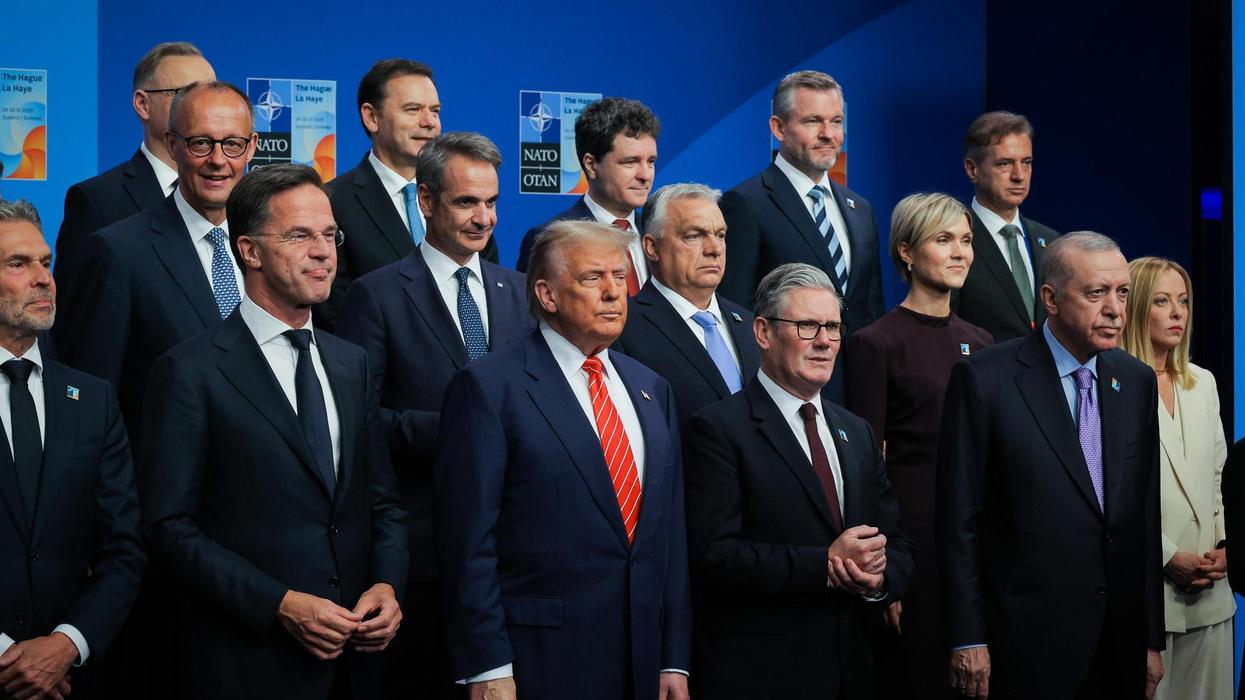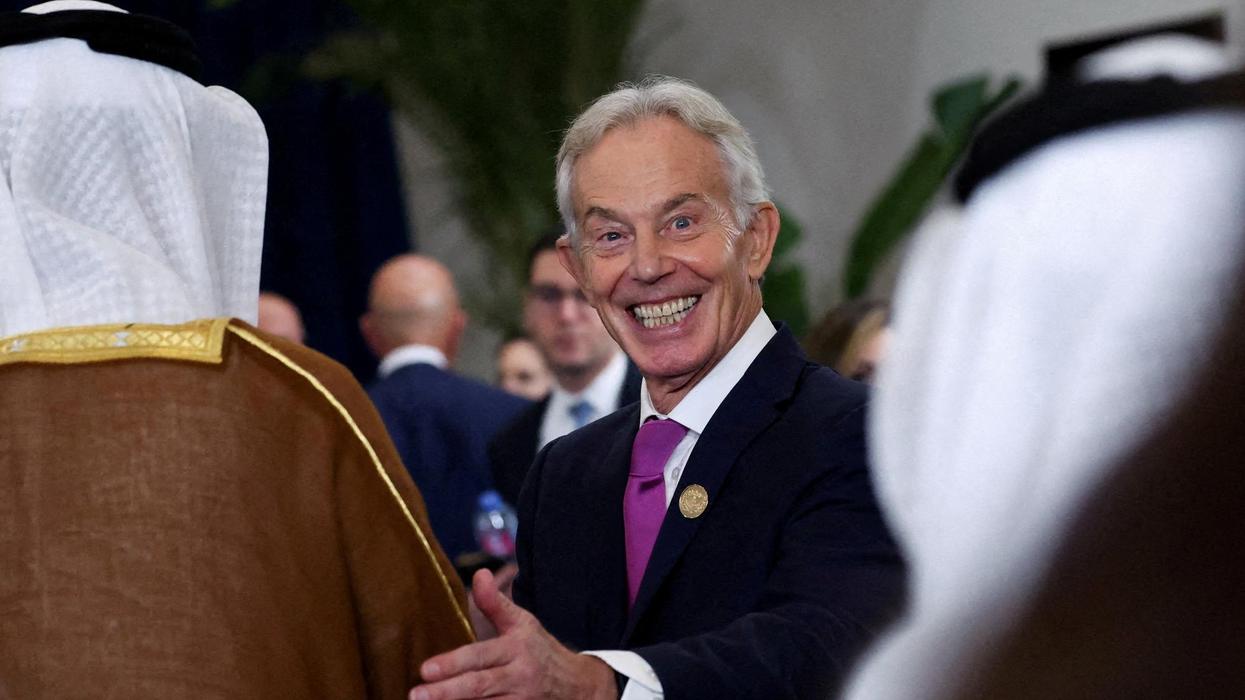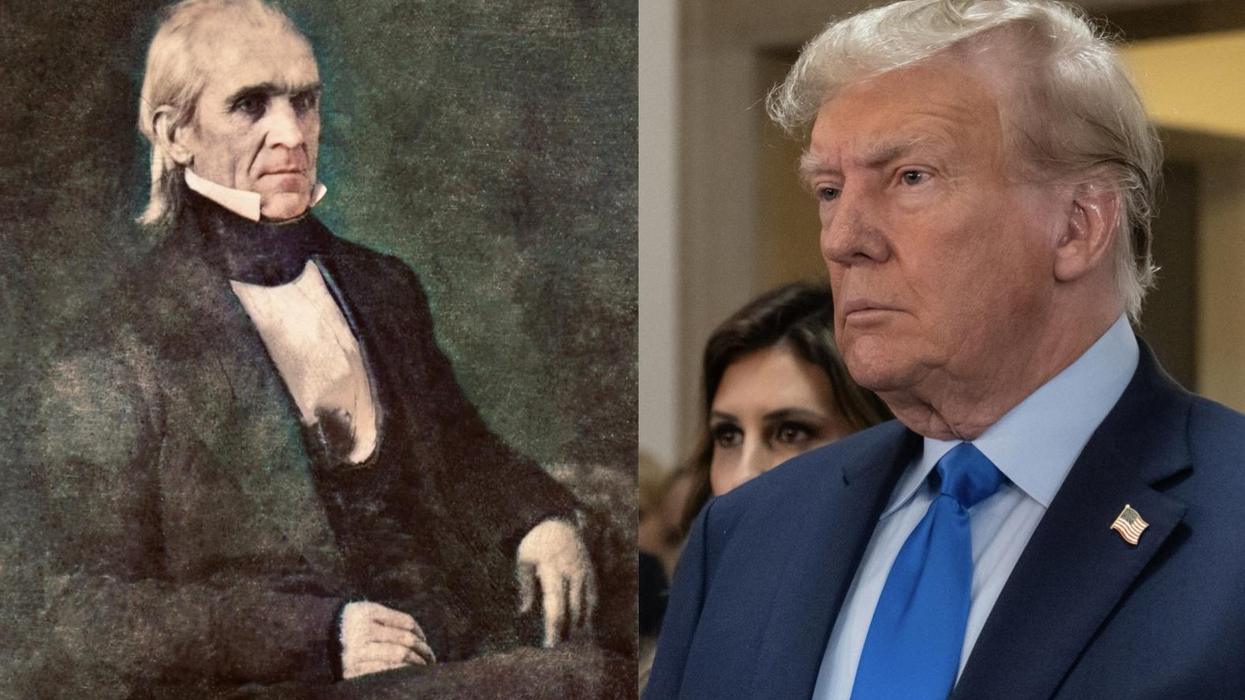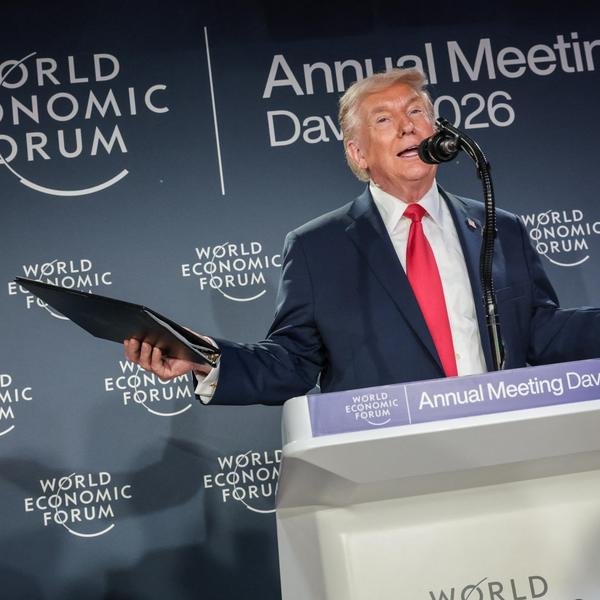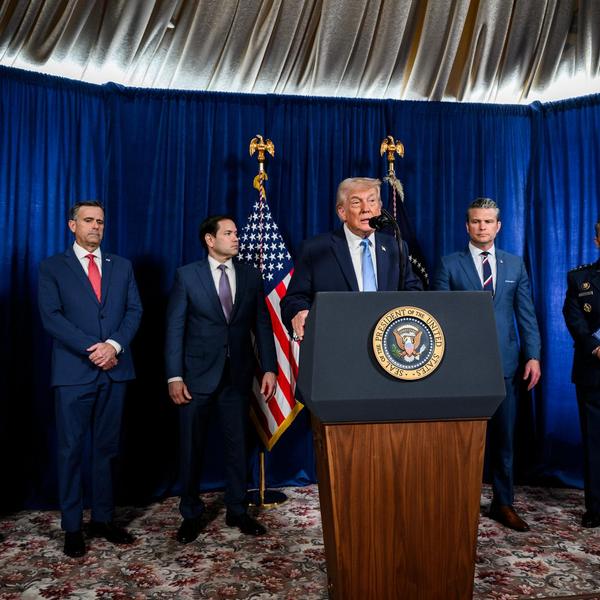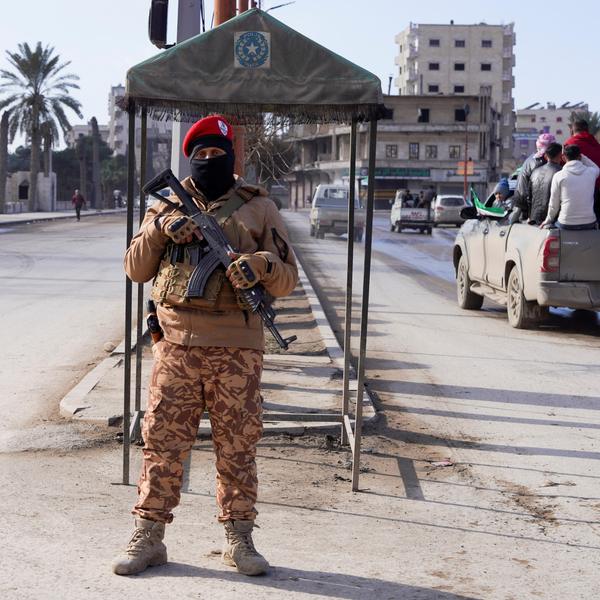European leaders have confirmed that INSTEX—the Instrument in Support of Trade Exchanges—has processed its first transaction with Iran: an export of medical goods from Europe. News of this move has been received with cautious optimism by those seeking to preserve the nuclear agreement with Iran, as INSTEX’s successful conclusion of a trade with Iran is taken as evidence Europe may be reinvigorating efforts to preserve the agreement.
Amid this optimism, it is useful to recall INSTEX’s initial conceptualization. Doing so throws cold water on the idea that Europe has exercised the requisite political will to faithfully observe its own commitments under the nuclear agreement and to counteract the effects of re-imposed U.S. sanctions.
When the Trump administration announced that the United States would cease its participation in the Joint Comprehensive Plan of Action (“JCPOA”) — the nuclear accord between the United States, other major world powers, and Iran — Iran and the remaining parties to the agreement scrambled to determine whether the JCPOA could survive the loss of one of its necessary parties.
In September 2018, the JCPOA parties held a ministerial meeting to plot a path forward, including “finding and operationalizing practical solutions for issues arising from the unilateral withdrawal of the United States from the agreement and the re-imposition of sanctions lifted under the JCPOA.” In a Joint Ministerial Statement, the JCPOA parties “recognized that . . . the lifting of sanctions, including the economic dividends arising from it, constitutes an essential part of the JCPOA.” For that reason, the parties “welcomed practical proposals to maintain and develop payment channels,” including “notably the initiative to establish a Special Purpose Vehicle.” This vehicle would be designed “to facilitate payments related to Iran’s exports (including oil) and imports, which will assist and reassure economic operators pursuing legitimate business with Iran.”
This broad purpose was affirmed in remarks by the EU High Representative for Foreign and Security Policy Federica Mogherini, who stated — following this same ministerial meeting—that the “EU Member States [would] set up a legal entity to facilitate legitimate financial transactions with Iran [to] allow European countries to continue trade with Iran, in accordance with European Union law.”
The idea was simple in its conception: the SPV would operate as an effective barter system whereby Iran could export its oil to European customers in exchange for credits to its account for the purchase of European goods and services. This would help ensure that Iran was able to continue trading with Europe, all the while setting an example for other countries to follow — including those importing a higher volume of Iranian oil — should they seek to preserve trade with Iran. The animating purpose of the vehicle was to reassure Tehran that it could continue to sell its oil.
Yet European leaders soon gave up on the idea, lacking the political will to counter the United States. The Trump administration, learning of the intended purpose of the vehicle, engaged in a series of threats, including, for instance, publication of guidance warning European companies participating in the barter system that they would be subject to U.S. sanctions and excluded from U.S. markets. Whether Europe argued the point behind closed doors was irrelevant, as U.S. threats — absent a public European pushback — sapped the will of companies that could have participated in the vehicle.
Instead of preserving Iran’s economic dividends under the JCPOA, which, as noted, was described as an “essential” component of the agreement, European leaders decided that the SPV should be limited to facilitating non-sanctionable trade under U.S. law. But the Trump administration persisted in opposing the vehicle, warning Europe that any reciprocal vehicle created on the Iranian side would be sanctioned and would thus render European companies participating in the exchange themselves subject to U.S. sanctions. Some speculated that U.S. opposition was based on concerns over the creation of such alternative mechanism designed to operate outside the U.S. financial system, but the true impulse behind the the administration’s fury was its insistence that all trade with Iran—whether sanctionable or not—was illegitimate and threatened to undermine U.S. “maximum pressure.”
U.S. hostility caused European leaders to further reduce its ambitions for the vehicle. Rather than facilitating trade in non-sanctionable goods and services with Iran, the SPV would now be limited, at least “initially,” to facilitating trade in humanitarian goods only. This retreat, not unexpectedly, caused the Iranians to lose a great deal of interest, as Europe had exposed itself to Iran as a “non-essential,” if not entirely irrelevant, party to the nuclear agreement. Unable to compensate Iran for the U.S.’s withdrawal from the JCPOA and unwilling to bring to bear any actual opposition to U.S. sanctions, Europe and its project were greeted with stony silence from Iran—the promise of INSTEX being broadened in the future sapped by Europe’s failure to adhere to its initial purpose.
It is for this reason that INSTEX, which was incorporated in January 2019, has failed to process a single transaction until the one announced this week. Iran has not shown enthusiasm for the project since INSTEX lost its initial purpose. That should not be a surprise. The question is whether Iran will use INSTEX’s facilitation of trade with Iran — even if solely in humanitarian goods — as an excuse by which to explain to the Iranian people why it continues to abide by certain restrictions on its nuclear program in the face of U.S. hostility and European impotence. INSTEX may serve no actual economic purpose for Iran, but it may continue to be used as the argument for keeping the JCPOA intact for the few months remaining before U.S. presidential elections.
That may be one of the few bright lights emanating from this week’s news. The other is that Europe — despite its obvious failings — could still summon the political wherewithal to resist the pull of American sanctions and counteract their effect so as to preserve the agreement. That will not happen with the current limitations placed on INSTEX, but if INSTEX — or another special purpose vehicle — were broadened to realize the initial motivation for INSTEX’s creation, then Europe could pose a serious challenge to the Trump administration. The question is, and has always been, one of political will.


